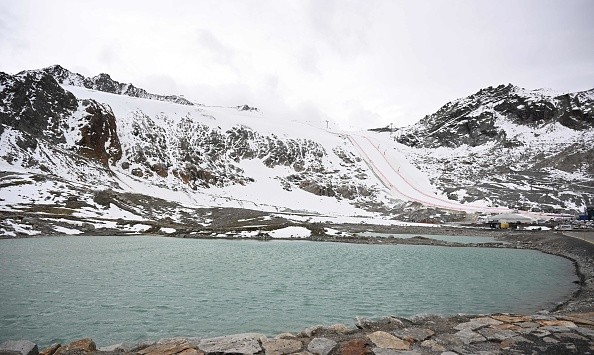Europe has been at the forefront of policies advocating climate change mitigation and reducing greenhouse gas emissions.
However, a new report from the World Meteorological Organization (WMO) revealed that the temperatures in Europe increased more than twice over the past 30 years.

The increasing temperatures could harm biodiversity, animals, livelihoods, and economies.
The State of the Climate in Europe's report indicated that the region also suffered from rising temperatures that could be associated with heatwaves, floods, changing weather patterns, and wildfires.
Warming trend
Europe has been one of the advocates for climate change adaptation, providing effective assistance to communities and other countries.
The rising temperature report was also published on the Phys.org website.
According to the report, it found out that Europe's temperatures warmed.
Records showed that from 1991 to 2021 the warming temperatures in the region, indicating a +0.5 °C per decade.
The report provided examples that over 30 meters in ice thickness (from 1997 to 2021) was observed from the Alpine glaciers.
Meanwhile, it added that melting was seen from the Greenland ice sheet.
The report also added that the warming trend affected over half a million people and damaged the economy, estimated at US$ 50 billion.
Despite the challenges and vulnerability, Europe has continued reducing gas emissions and mitigation efforts.
There is a need for innovative, efficient, and effective plans and policies that could mitigate climate change and global warming.
The commitment of every country is important to succeed in reducing the potentially disastrous impact worsened by man-caused pollution, especially the reduction of greenhouse gas emissions.
Meanwhile, WMO Secretary-General Prof. Petteri Taalas explained that not even well-prepared and advanced countries, including Europe, could not be safe from extreme weather events and the warming of temperatures.
The WMO Secretary-General added that portions of Europe were impacted by drought and extensive heatwaves, wildfires, and floods. It resulted in damage to human lives and properties.
The report was part of the initiative to provide decision-makers with the current impact of Climate Change and immediately develop scientific-driven policies to mitigate the effect on communities.
According to the article, the complied reports contain information from different sectors of society, including the UN partner agencies, climate experts, and other environmental groups.
The report was presented before the COP27 UN Climate Change Conference in Sharm-El Sheikh.
Innovative solutions
Dr. Carlo Buontempo explained the importance of innovative solutions in addressing the impact of climate change in Europe. Dr. Buontempo is from the Copernicus Climate Change Service, European Center of Medium-range Weather Forecasts.
The report added the significance of science-based solutions accessible to everyone.
In the report, future scenarios that the Intergovernmental Panel on Climate Change Sixth Assessment Report projected that the temperatures in Europe would continue to rise.
As a result, the impact and frequency of extreme heat and marine heat waves could also increase, affecting humans and animals.
Ultimately, the report projected that increased winter precipitation for Northern Europe residents could be expected.
For the complete report, you could visit the Phys.org website.
Also Read : Over 2 Billion Children Could be Exposed to High Heat Waves by 2050, UNICEF Report Reveals
Related Article : WHO Raises Concerns For Potential Wave of Diseases in Flood-Affected Areas in Pakistan
For more similar, don't forget to follow Nature World News.
© 2025 NatureWorldNews.com All rights reserved. Do not reproduce without permission.





